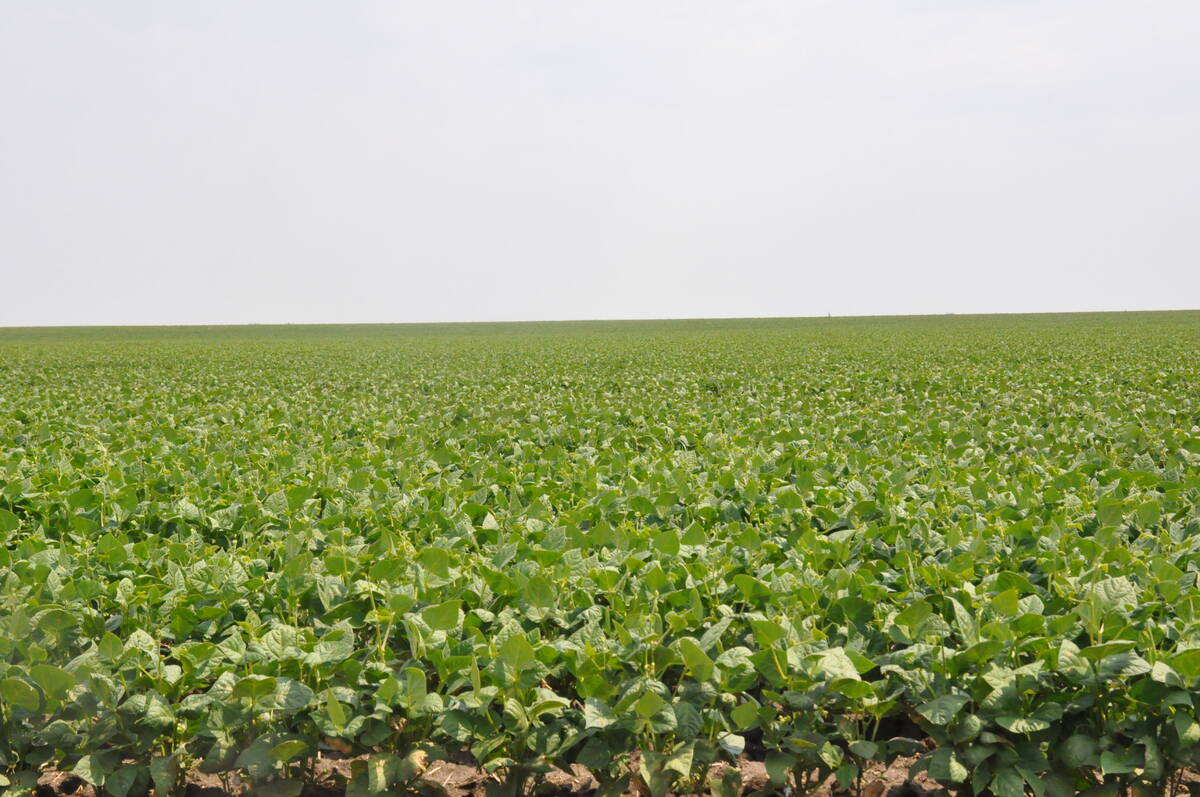PRINCE ALBERT, Sask. – Marketing and developing pulse products are as important as increasing production and controlling disease in the crop, said Barbara Podhorodeski of the Saskatchewan Pulse Growers.
As a director, she has focused her efforts on reaching the consumer through new markets like oven-ready convenience products.
Women are still largely responsible for the family’s food choices, so she said it is important to ask, “are they going to want to buy it?”
Podhorodeski cited numerous uses for lentils as food extenders and pea flour in chili. Pulses also offer health benefits for those seeking less fat and cholesterol in their diets.
Read Also

Coloured bean production down, whites are up
Bean prices have been slumping and the outlook is for more of the same.
Podhorodeski said she became a director to promote such messages and add her input to the industry.
“You can interact and participate in an industry and have a say and a role to play.
“You see holes in it. The whole consumer side is lacking,” Podhorodeski said, citing gaps in reaching children with the healthy eating message.
“We need to deal with them now so we don’t have health issues to deal with later,” she said of the increase in obesity and diabetes in Canadian society.
Pulses can play an important role in more health-conscious meal planning but also offer options as a meat substitute for vegetarians.
Pea flour can also be substituted for regular flour for those with wheat allergies.
She and her husband Edwin maintain an active lifestyle raising two school-aged children, producing cattle and elk and growing 2,000 acres of wheat, canola, peas, alfalfa and canaryseed at Shipman, Sask.
Her parents farmed at Sedley, Sask., and her father also once served on the pulse growers board.
Podhorodeski, a graduate of the University of Saskatchewan’s agriculture college who has worked in crop research, now serves on the board’s research committee.
In addition to research, she said the board also needs to work on breaking down trade barriers and ensuring pesticides are registered for pulses on both sides of the 49th parallel.
The past 20 years in Saskatchewan have seen burgeoning pulse production, even with recent drought years. Demand for pulses remains strong in the Middle East and India.
But the amount of acreage devoted to them in Canada is small compared to cereal grains, so research dollars are also fewer in number.
Gordon Bacon, chief executive officer of Pulse Canada, said his group’s national research strategy seeks to address uses for pulses in nutraceuticals, as components in industrial processing and as a part of a healthy diet.
“Combined with cereals to give you the kind of nutrition every human needs, it’s that cornerstone of nutrition really.”‘
Canada is a world leader in supplying pulses to world markets, Bacon said, noting Pulse Canada’s efforts to find more uses for the crops through value-added products.
He cited ready-to-use foods like bean cups and lentil lasagna. Pulse-based snack and breakfast foods are also being developed in addition to products that target people with allergies such as peanut butter-like spreads that use peas.
Other emerging markets for pulses are as feed for fish and swine, Bacon said.
Pulse Canada is working with health professionals to get the message out through recipes and fact sheets on the health benefits of pulses.
It is also sponsoring a Canadian rower to the Olympics to show the benefits derived from incorporating pulses into a training regime.














